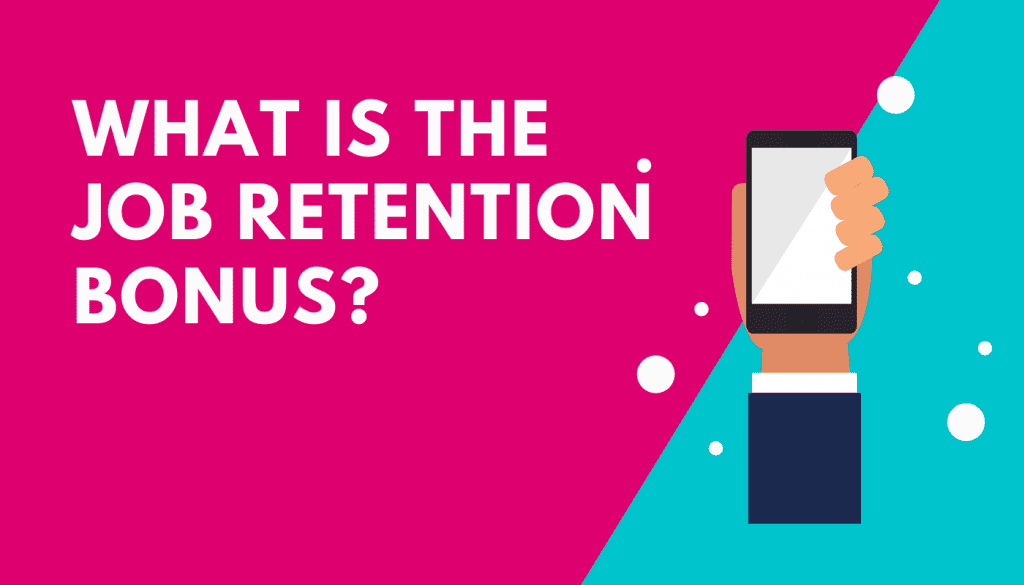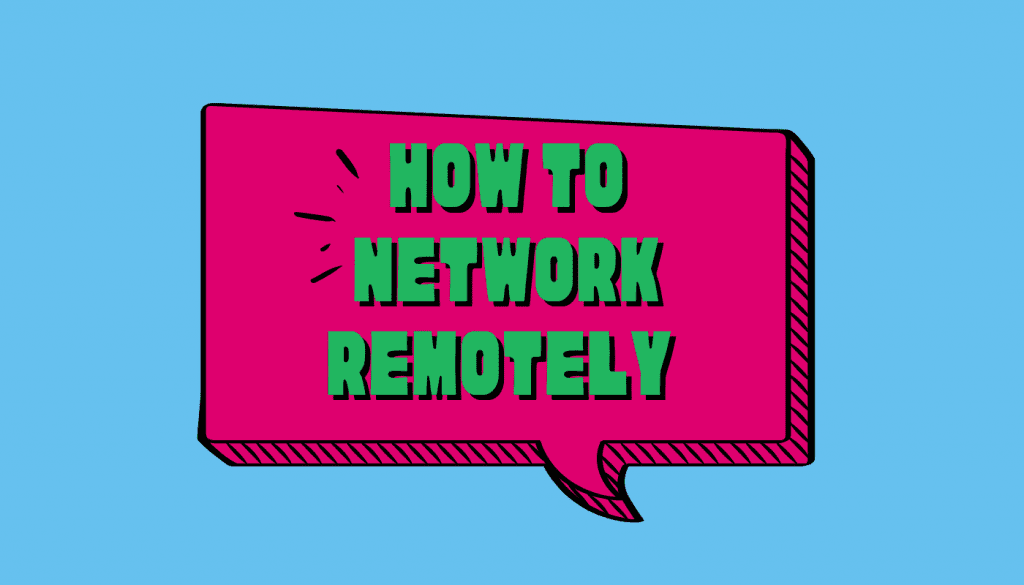
Thousands of smaller businesses in England are set to benefit from £20 million of new government funding to help them…

Thousands of smaller businesses in England are set to benefit from £20 million of new government funding to help them…

Ask HMRC to verify you had a new child which affected your eligibility for the self-employed income support scheme. If…

Employers will be able to claim a one-off payment of £1,000 for every employee they have previously received a grant…

The Government has announced details on how to claim the reimbursement for discounts given to diners with the Eat Out…

“Should I buy a car or a van” is a question we frequently get asked at 1 Accounts. Our recommendation…

Small to medium-sized businesses have to go the extra mile to stand out from competitors, particularly when those competitors can…

Business Bounce Back Loans – what are they and should you apply for one? Since the scheme launched in May…